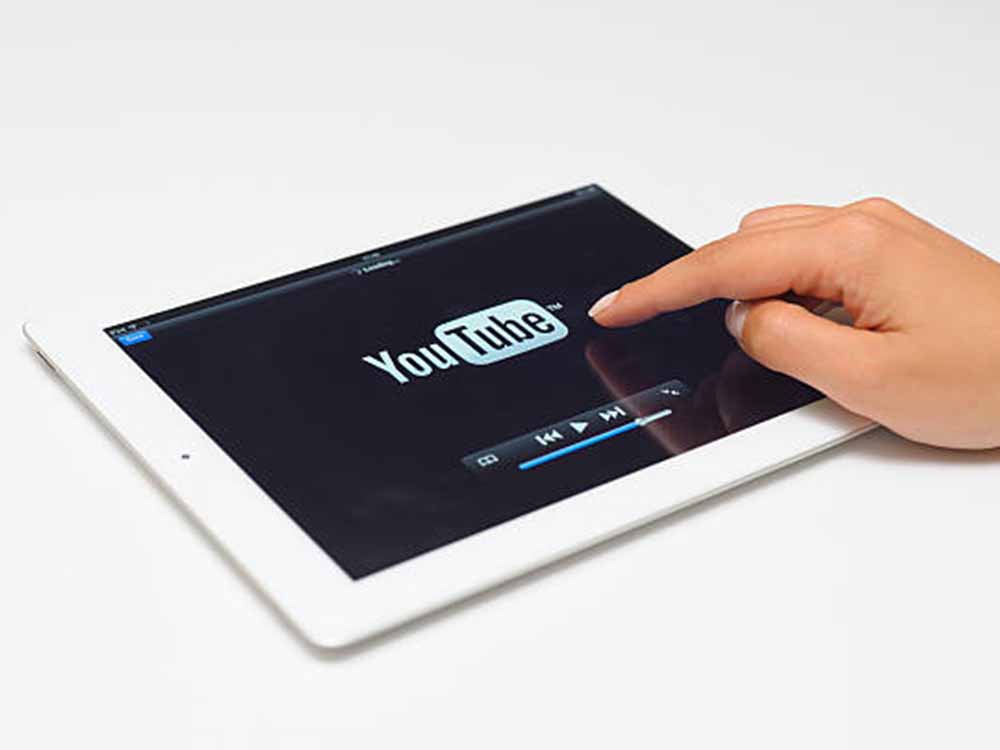iPad 3 (2012) – The Revolution Continues: A Leap in Technology and User Experience
The year 2012 marked a significant milestone in the evolution of Apple’s iconic tablet series with the release of the iPad 3, officially known as the “new iPad.” This in-depth exploration delves into the innovations, features, and impact of the iPad 3, offering insights into how it raised the bar for tablet technology and user experience.
The Evolution of the iPad
In March 2012, Apple unveiled the iPad 3, a product designed to carry forward the legacy of its predecessors. The iPad 3 was the successor to the iPad 2, and it retained the same 9.7-inch Retina display form factor. However, beneath its familiar exterior lay a host of groundbreaking improvements.
Groundbreaking Features and Technological Advancements
The iPad 3 introduced several game-changing features that set it apart from its predecessors:
- Retina Display: The hallmark feature of the iPad 3 was its Retina display, offering an unprecedented resolution of 2048 x 1536 pixels. This level of detail made text and images incredibly sharp and vibrant.
- A5X Chip: Apple equipped the iPad 3 with an A5X dual-core chip, which provided superior processing power and improved graphics performance. It was particularly important for handling the demands of the Retina display.
- 5-Megapixel Camera: The iPad 3 included a 5-megapixel rear-facing camera, allowing users to capture high-quality photos and 1080p HD videos.
- 4G LTE Connectivity: For the first time, the iPad offered 4G LTE support, delivering lightning-fast data speeds for internet browsing and media streaming.
Enhanced User Experience and Ecosystem Integration
The iPad 3 wasn’t just about hardware; it was also about the overall user experience:
- iOS Integration: Running on iOS 5, the iPad 3 seamlessly integrated with Apple’s ecosystem, offering features like iMessage, iCloud, and AirPlay for content sharing.
- App Store: The robust App Store provided access to a wide range of apps optimized for the Retina display, enhancing productivity and entertainment.
- Battery Life: Despite its power-packed features, the iPad 3 maintained Apple’s tradition of impressive battery life, allowing users to enjoy extended usage on a single charge.
Cultural and Industry Impact
The iPad 3 made waves in both the consumer and tech industries:
- Tablet Dominance: It solidified Apple’s dominance in the tablet market, setting new standards for display quality and performance.
- Content Creation: The enhanced camera and processing power opened doors for content creation on the iPad, making it a versatile tool for professionals.
- Educational and Productivity Uses: Educational institutions and businesses began to integrate the iPad into their daily operations, revolutionizing teaching and work processes.
- Market Influence: Competing manufacturers sought to match the iPad 3’s specifications, fueling innovation in the tablet industry.
In conclusion, the iPad 3 in 2012 represented a leap forward in tablet technology, driven by its groundbreaking features, unmatched display quality, and integration into the broader Apple ecosystem. Its impact reached beyond the device itself, influencing both consumer behaviors and industry standards.











